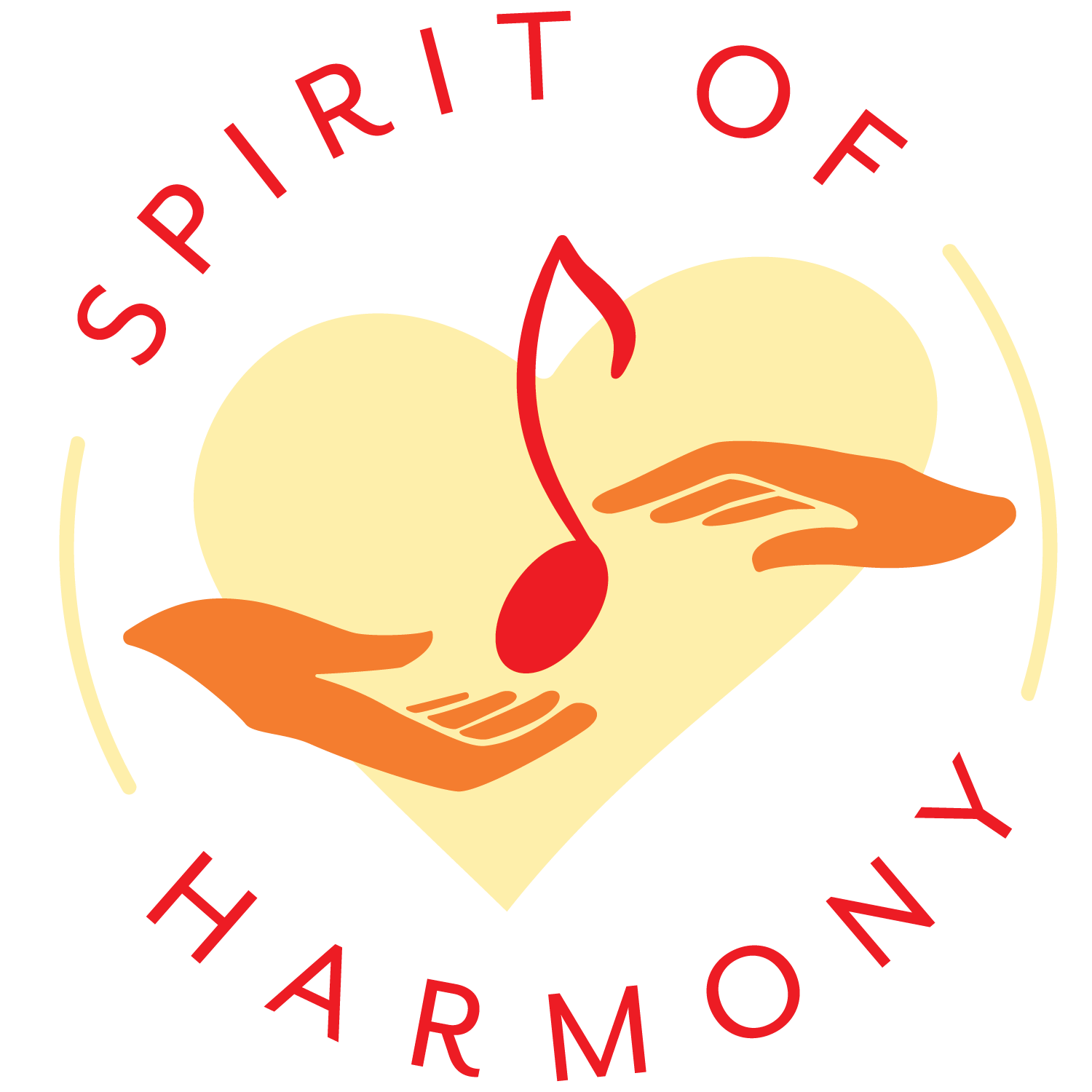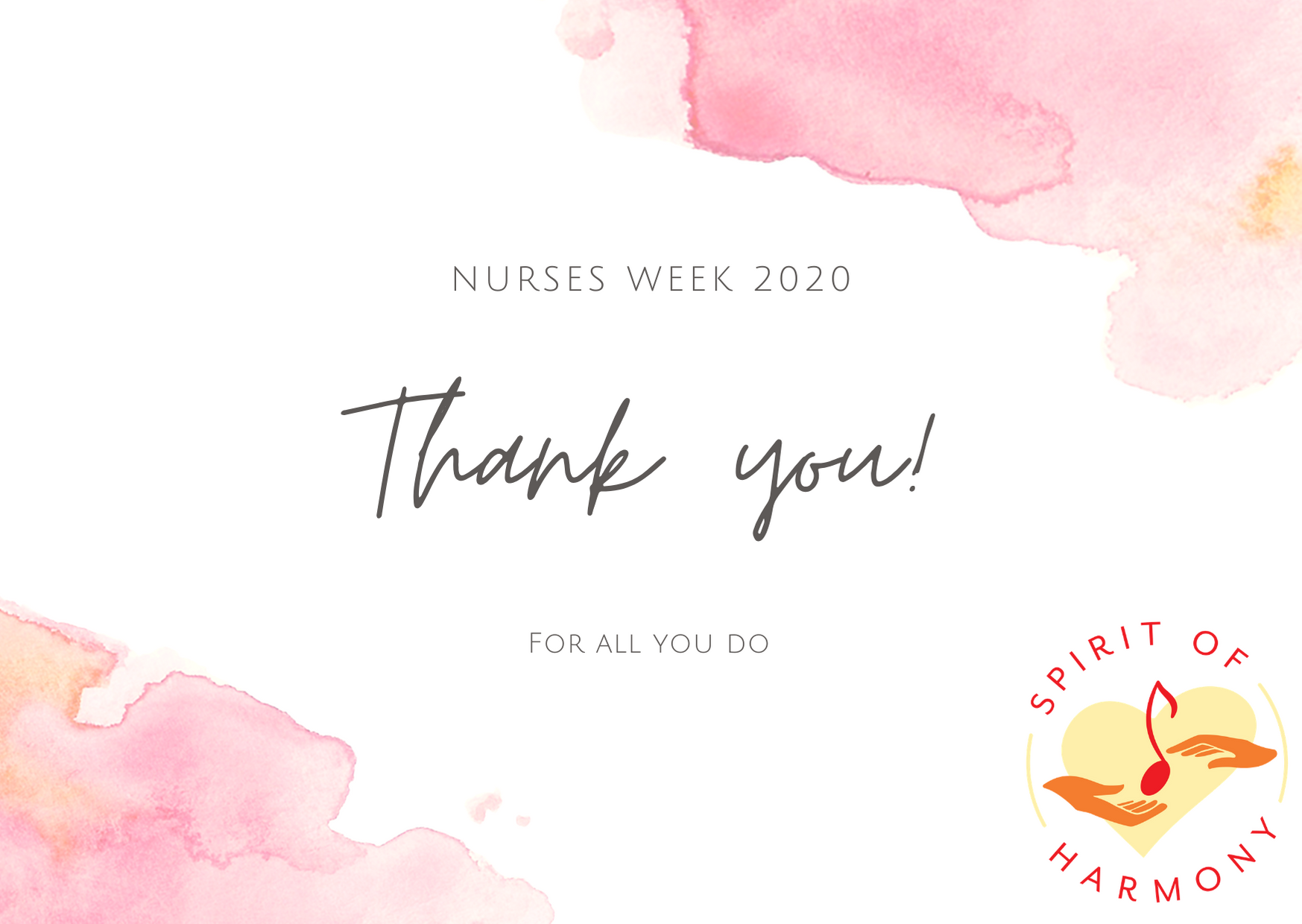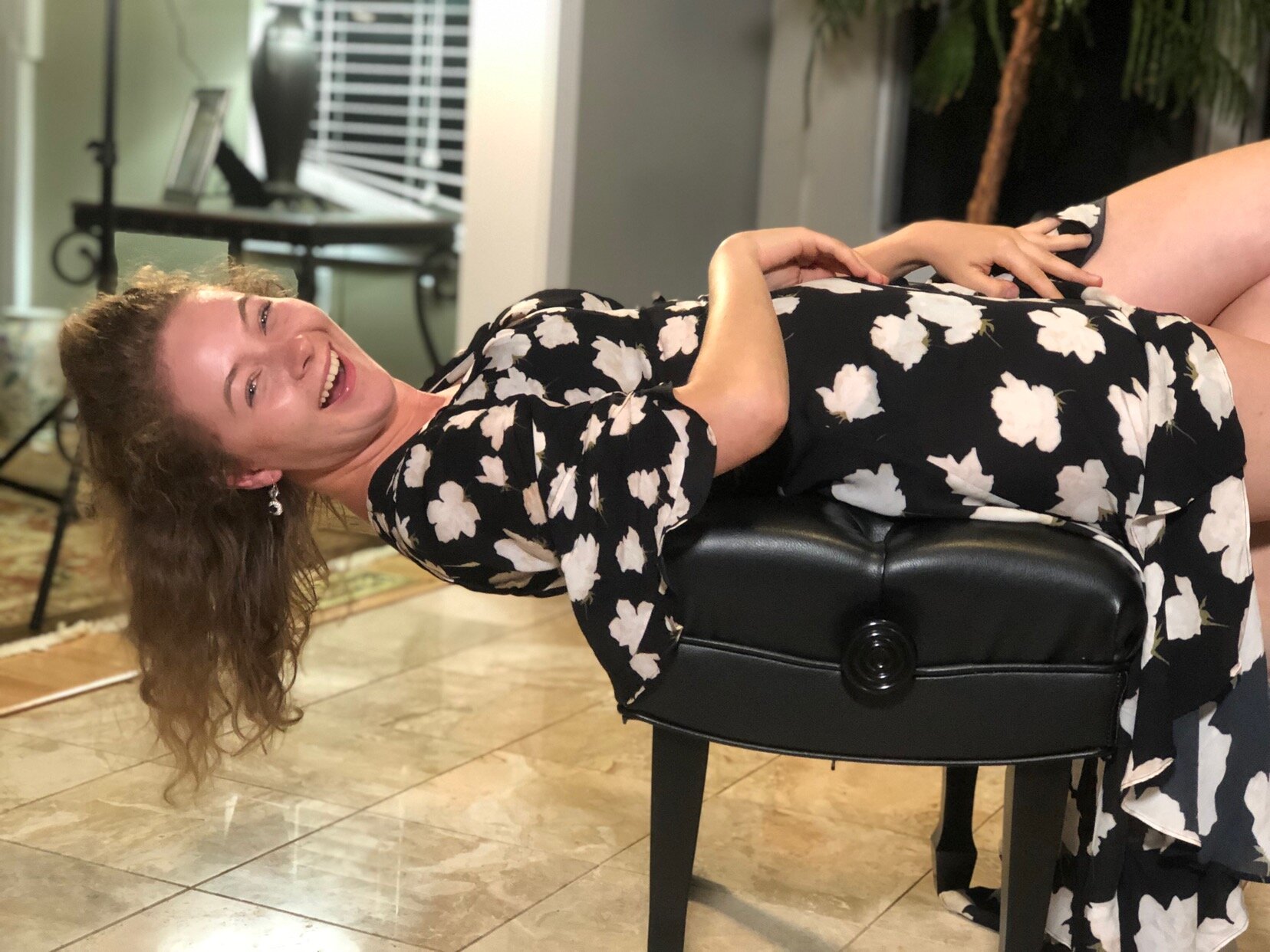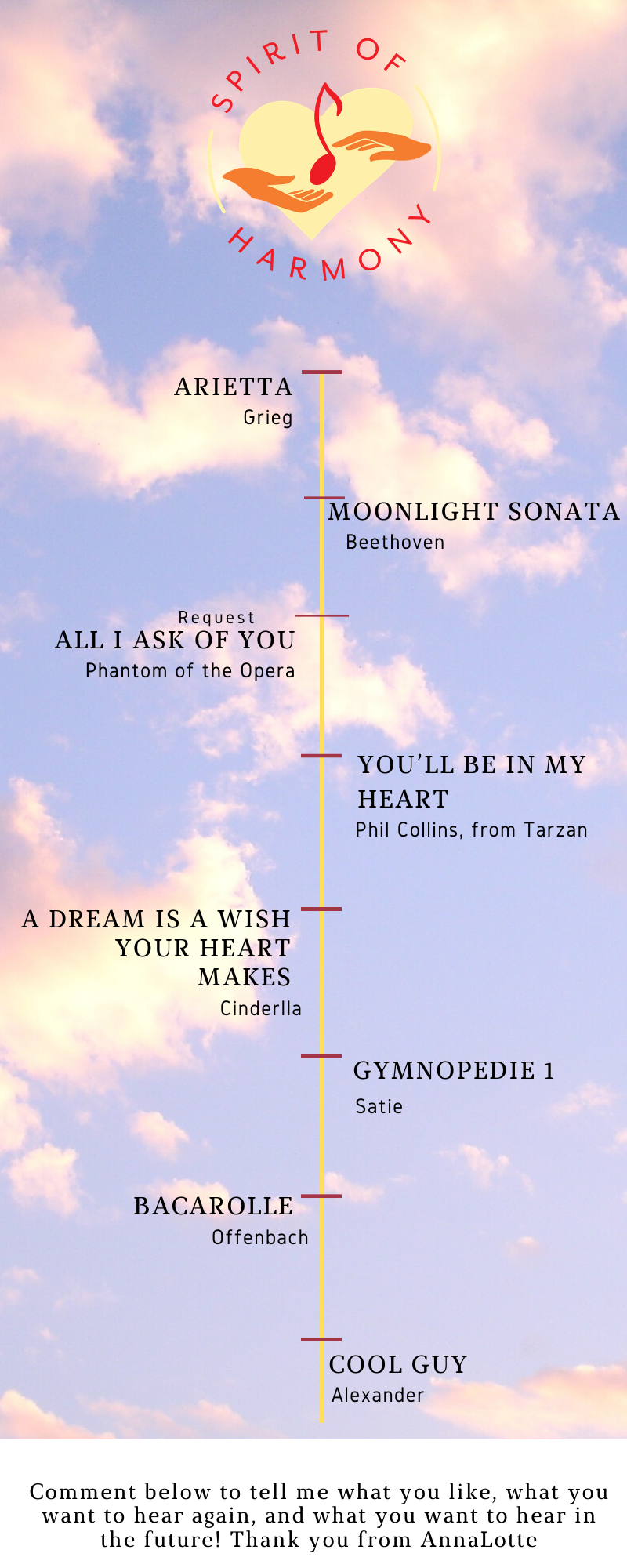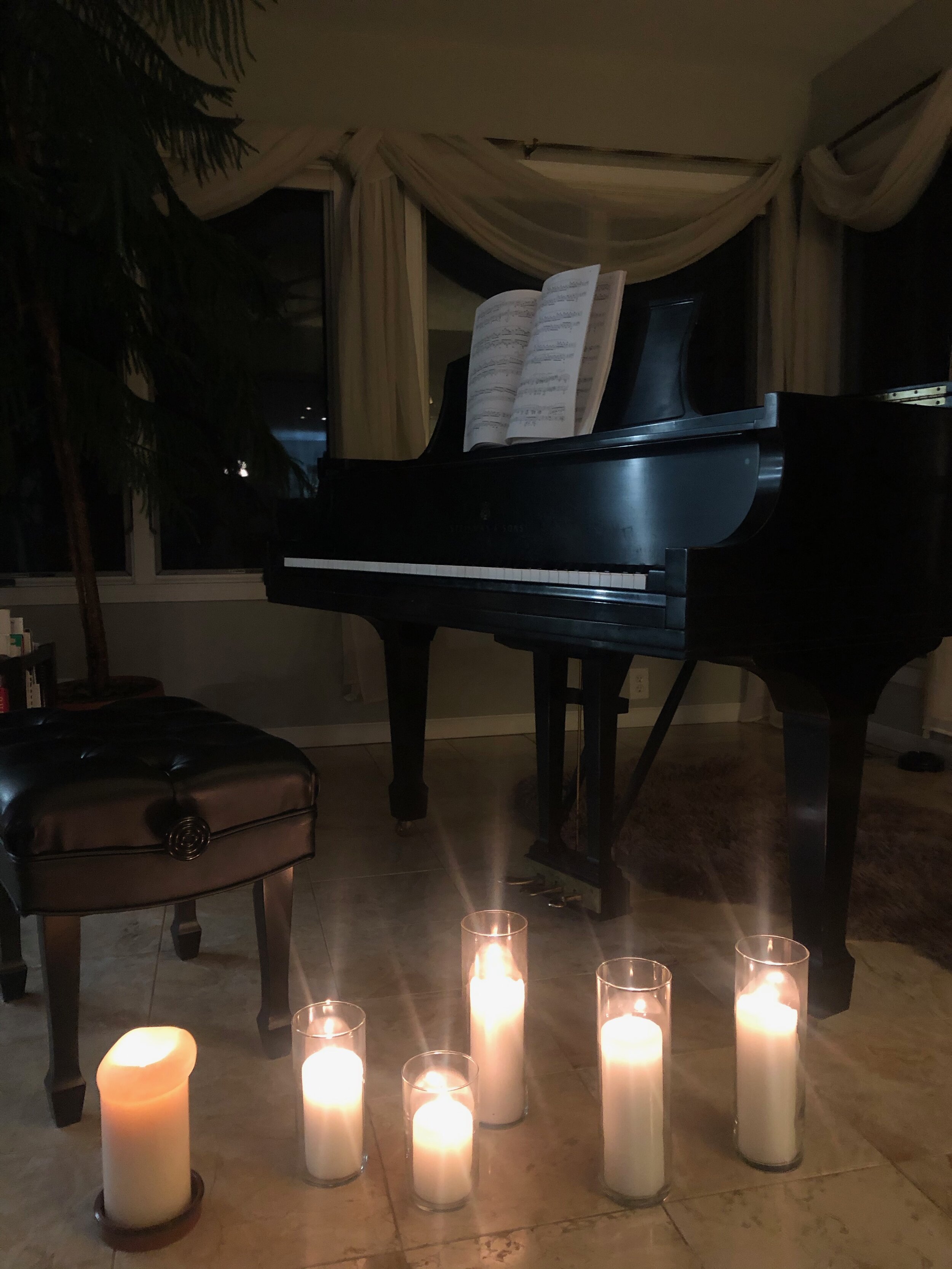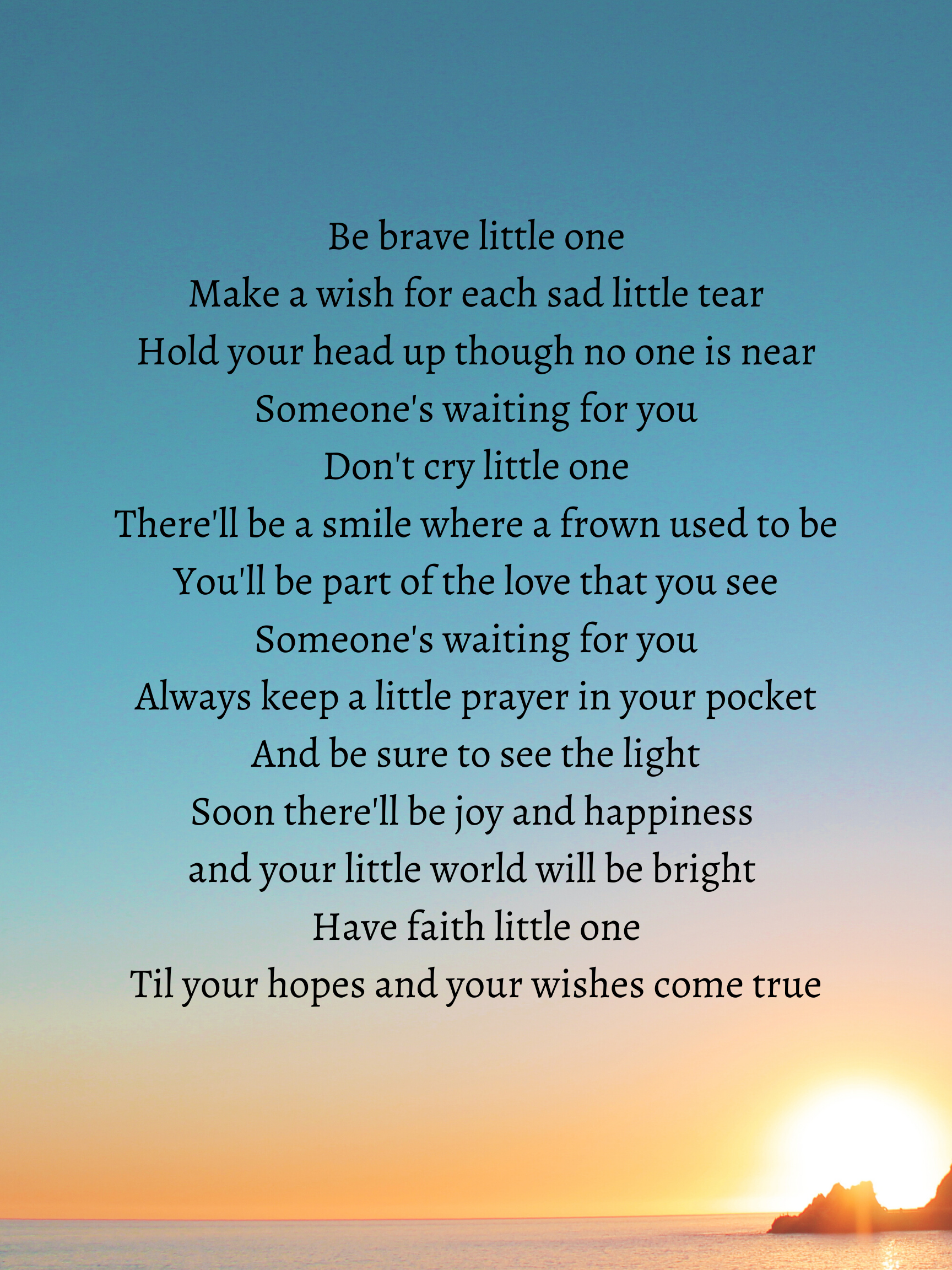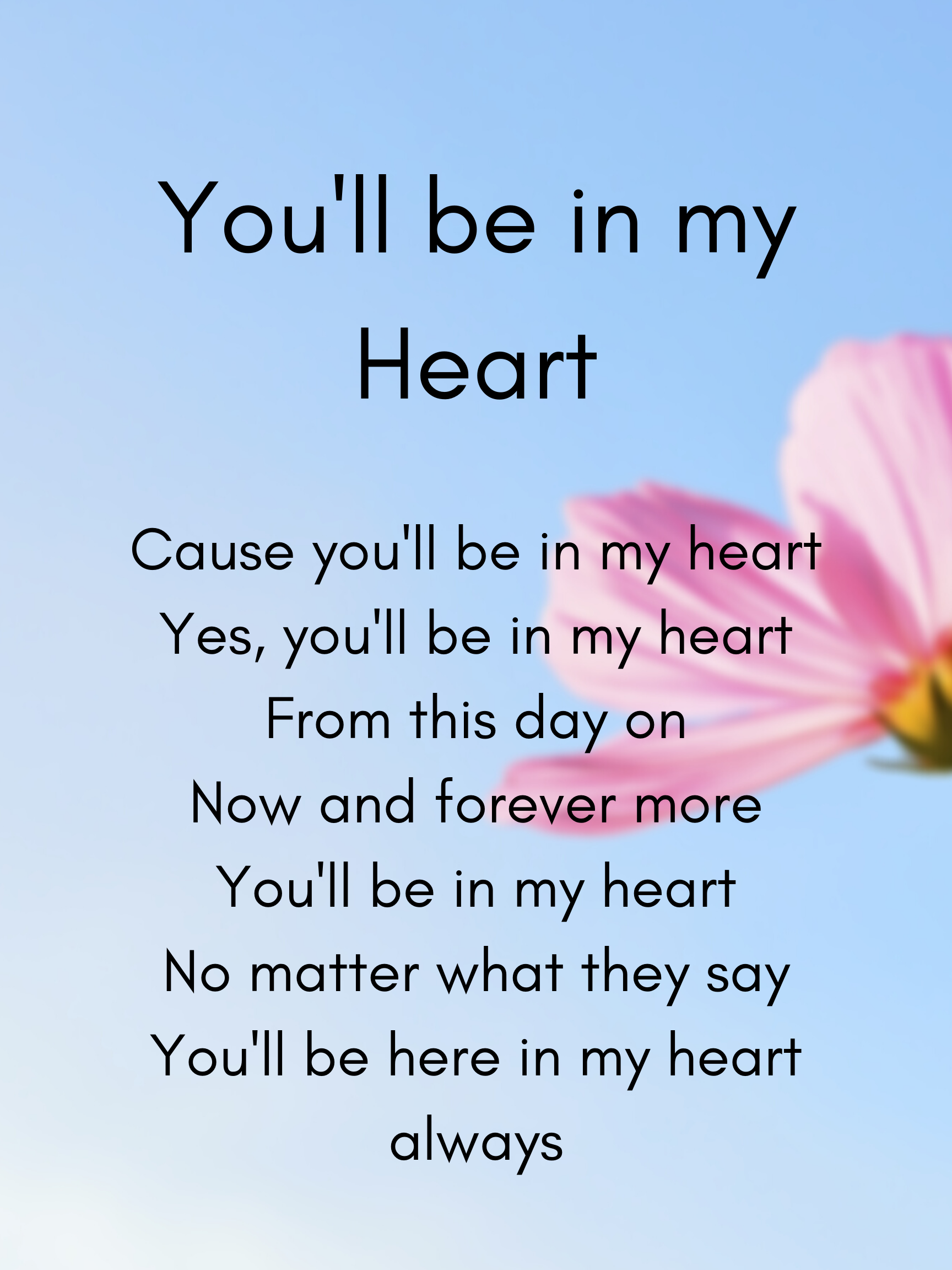Creating a program for a hidden audience
Envisioning virtual hospital concerts meant designing a new concert format to connect with an invisible audience. Although I initially wanted to directly connect with patients in order to foster a personal connection, it was impossible to do so at a large scale with a whole hospital. HIPAA regulations and simple technological restrictions requires using a webinar format where I can’t see or hear an audience. This led to many questions, namely, how do I interact with a hidden audience to make a personalized and interactive concert experience? One thing was certain, I didn’t want to walk on to camera, bow, play one Liszt Etude, smile, and walk off. For this concert series to be meaningful, it had to be specially curated.
One solution was to ask the audience to create their own program and so I spend time in each concert asking for requests and verbally interacting with comments that came through to make it a personalized experience. I also created a new format of digital programs with background themes to match the settings of the music so listeners can easily follow along. I share pictures with the chorus lyrics to encourage patients can sing along with old favorites and sometimes verbally share pieces of poetry that are included in classical selections. I also spend time working with the hospital administration to play at different times of the day to ensure I’m reaching as many people as possible to make it an inclusive concert series. I receive emails with music requests from hospital patients and staff and so far I’ve been able to include every request that has come through. I also dedicate music to different wards, particularly the pediatric ward, and played two special concerts celebrating nurses during Nurses Week.
Choosing Repertoire
From the onset, I drew upon my experiences as an admitted patient at the hospital. As a hospital patient, I was never interested in hearing virtuosic and flashy etudes or anything that was emotionally heavy; frankly I was too tired and medicated to even process lengthy conversations. So initially within this series I focused on finding short selections that were light and beautiful to provide a respite from whatever pain a patient might be experiencing. I also know that staff often have mere minutes to themselves throughout the day so I wanted cater to their busy schedules. I also wanted to provide a range of music so that there would be something for everybody. So I started out with light Bach Preludes, Grieg Lyric Suites, Mendelssohn Song without Words, Debussy preludes, Brahms Lullabies, light Jazz, Disney and Broadway classics, and sang my favorite Charlie Chaplin piece, ‘Smile.’ I was careful to stay within a small dynamic range and keep it all light; I even axed the Alla Turka by Mozart right before a recital because I was worried that the octaves at the end would be too loud for a patient.
What surprised me was that the requests that were coming in were anything but light. Somebody asked for the “Theme from the Titanic” and I had to ask myself, aren’t we in enough of a Titanic situation without providing the background music? I spoke to a doctor about this and he replied, “but we feel like we’re in a Titanic situation.” It reminded me that music isn’t just about escaping our realities, it also provides a resource to process them. It also explained why I felt uneasy while preparing programs that didn’t seem to convey the full depth of emotion that I wanted to share. So during my last performance I included late Brahms op. 117, shimmering Chopin nocturnes, and Ginestera tangos to create an evening soiree.
Every concert is unique and focused on personally connecting with the audience. I had the Spirit of Harmony logo designed with two hands reaching out to touch music together because a concert cannot happen without audience interaction. It’s been a whirlwind of concerts but I’m excited to continue this journey and see where it leads with all of you.
